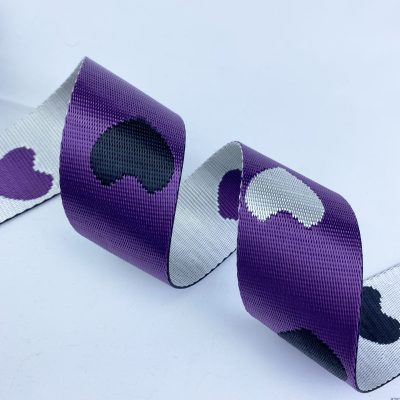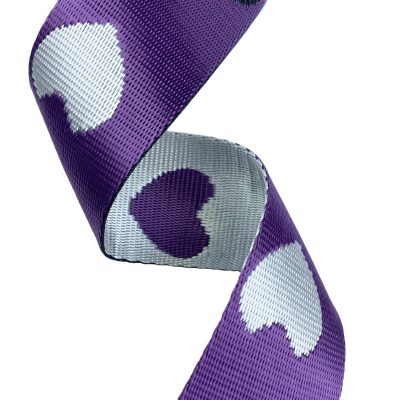Car seat belt nylon webbing quality control test project
The nylon webbing is in the passenger compartment, which enhances the color matching and coordination with the cabin. The nylon webbing will be dyed in various colors. People always hope that the dyed color will not fade within a specified time. Therefore, the nylon webbing has a specific color fastness. test.
1. Light fading test
Nylon webbing is exposed to light. Like other materials, it will fade. Nylon webbing has this characteristic, which is called light color fastness. In this test, nylon webbing is placed under a representative strong light and exposed to a specified period of time. The nylon webbing is then compared with the standard color chart to assess a fading level.
2. Transfer fading test
When the nylon webbing is in contact with the occupant, whether the dyed color on the nylon webbing will be transferred to the occupant’s clothes can be evaluated by the transfer fading test of the nylon webbing. This transfer fading test is also called rubbing color fastness. These tests were carried out on a rubbing color fastness tester. The color cloth and nylon webbing were installed on the rubbing color fastness tester. After the color cloth was rubbed back and forth on the nylon webbing for ten cycles. Measure the color fastness value on the color tester. If the color cloth is dry, it is called the color fastness of the dry color cloth, and if the color cloth is wet, it is called the color fastness of the wet color cloth.
3. Spot fading test
Moisture in the air may cause spots on the nylon webbing in the car. When the nylon webbing comes into contact with the occupants’ clothes, the spots and colors on the nylon webbing will also be transferred to the clothes, so the nylon webbing should have the characteristics of anti-spot fading. Also called spot color fastness. The spot color fastness test is multi-fiber test and filter paper test. The multi-fiber test of webbing is made by sandwiching a group of nylon webbing samples between two layers of color cloth. Immerse the colored cloth with nylon webbing in a vessel of distilled water and soak it completely. Then squeeze out the water in the extruder, and then clamp these colored cloths wrapped with nylon webbing in the plexiglass sheet, put them into the sample holder, and lock the sample holder. In this way, the rack is placed in a high and low temperature box at a certain temperature, and after the specified time is reached. Take out the sample and hang the color cloth. Evaluate with grey scale. Record the rating. The filter paper test is similar to the multi-fiber test process, but the color cloth is replaced with filter paper



















